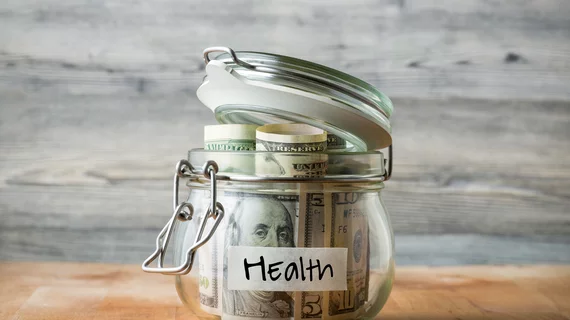Out-of-pocket price transparency saves radiology revenue, improves patient satisfaction
Patients with high-deductible health plans (HDHPs) continue to see out-of-pocket costs rise. Despite this, healthcare prices remain largely a mystery to consumers—but what if a hospital helped families better understand their potential out-of-pocket expenses?
Hansel J. Otero, MD, with Children’s Hospital of Philadelphia (CHOP)'s department of radiology, and colleagues found their institution-wide patient cost-estimation (PCE) department resulted in fewer billing-related complaints, decreased revenue losses and improved patient satisfaction. They shared their experience in a Sept. 15 Journal of the American College of Radiology article.
“If HDHPs are to have the desired effect, more information about pricing must be available to enrollees,” Otero et al. wrote. “Moreover, clear information about out-of-pocket costs may help mitigate the high proportion of insured patients who delayed or skipped physician-recommended tests because of perceived high associated costs.”
Created in 2016, Children’s Hospital’s PCE department counsels families facing out-of-pocket health expenses on their insurance plan benefit design. Their staff consist of four full-time benefit specialists and managerial positions.
In its first year, the department completed 878 radiology cost estimates. Of those, 390 were for fluoroscopy, 273 cardiac MRs, and 105 CTs.
Part of the health system’s policy includes waiving fees or charges associated with patient complaints over “unexpected” charges and noncovered services—leading to lost revenue, according to the study.
After increasing out-of-pocket transparency, the hospital lowered these pay adjustments in participating radiology divisions by 63 percent from fiscal year 2016 to 2017, Otero and colleagues wrote.
Researchers collected follow-up surveys during the second half of the department’s initial year which revealed an 85 percent satisfaction rate. Otero and colleagues published a few positive patient comments, including the one below.
“My greatest appreciation to CHOP for this kind of service. Most providers do not facilitate an estimate of costs upfront. I am choosing to go to CHOP for this reason,” Otero et al. reported.

